Monday, 28 January 2013
Hercules and Atlas in sunlight Craters with a high albedo.
In the last photo, the floor of the crater Hercules clearly shows two rays that start from Hercules G with a high albedo, which is the material ejected from the impact which was a really minor impact, but visible traces are left on the lunar surface, despite the small size of this crater which is only 14 km.
The three dark spots on the floor of Atlas, are also observed in these images.
On the western edge of Lacus Temporis (or east of Atlas), there is another small crater with a dazzling albedo when the sun is at high angle. I searched its name, but I did not found it.
Moon age: 7 days
Stage: 51% (0% = New, 100% = Full)
Distance: 384.488 km
Optics: Celestron C8-Newtonian telescope, 20mm Plössl, 2x barlow
Mount: CG5 (EQ5)
Camera: Sony CX130
Filter: no
Date: 29/04/2012
Location: Baia Mare, Romania
Processing: video capture, FastStone Image Viewer
IMAGES AND VIDEOS
About me
(8)
Astronomical Phylosophy
(5)
Astronomy Labels
(1)
Astronomy terms
(5)
Craters-Reinhold and Lansberg
(2)
Craters-Santbech
(5)
DSLR Hyperion pictures
(4)
DSLR astronomy pictures
(4)
DSLR telescope pictures
(21)
Occultations
(5)
Rima Ariadaeus
(4)
Rupes Altai
(10)
The colours of the Moon
(7)
Things about the Moon
(9)
Weird sightings
(8)




 Monday, January 28, 2013
Monday, January 28, 2013
 Unknown
Unknown

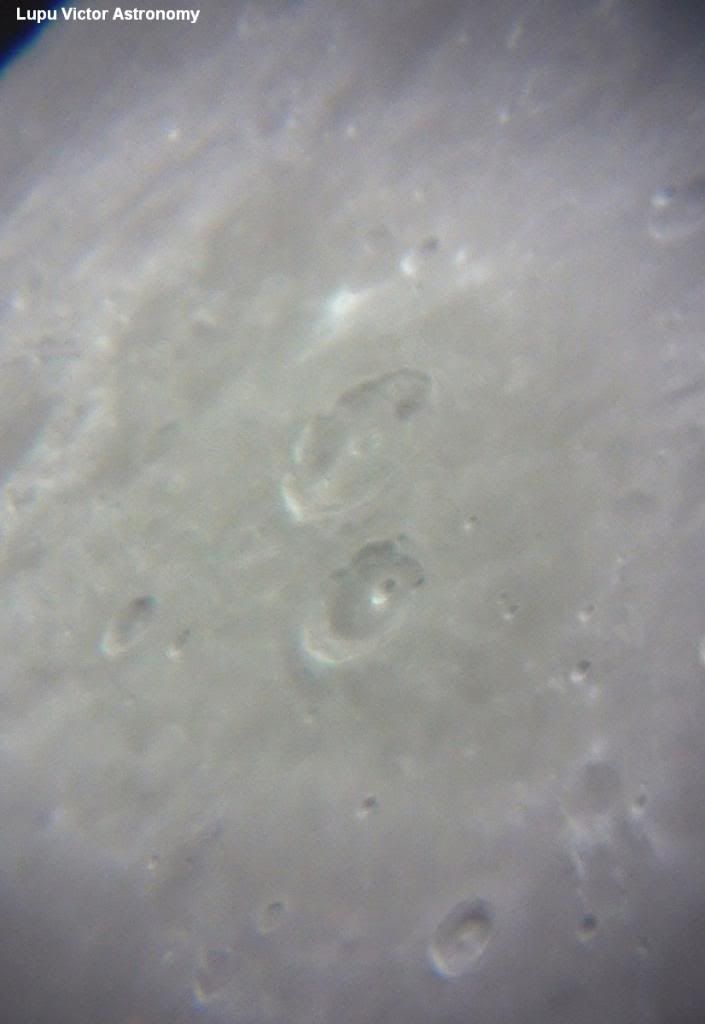
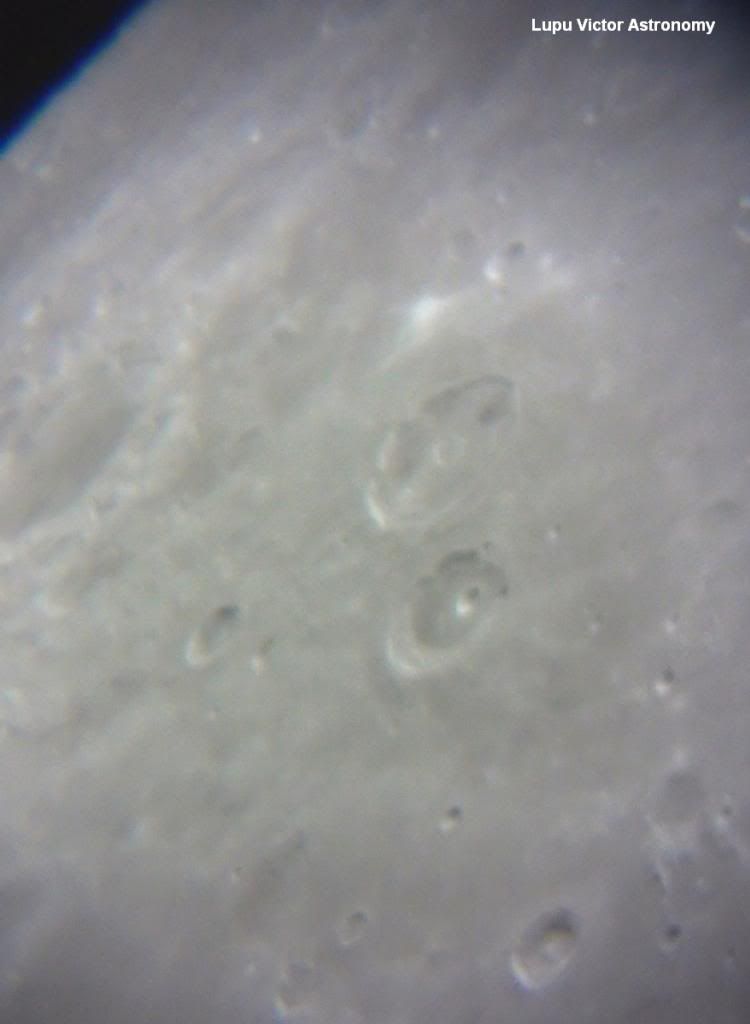
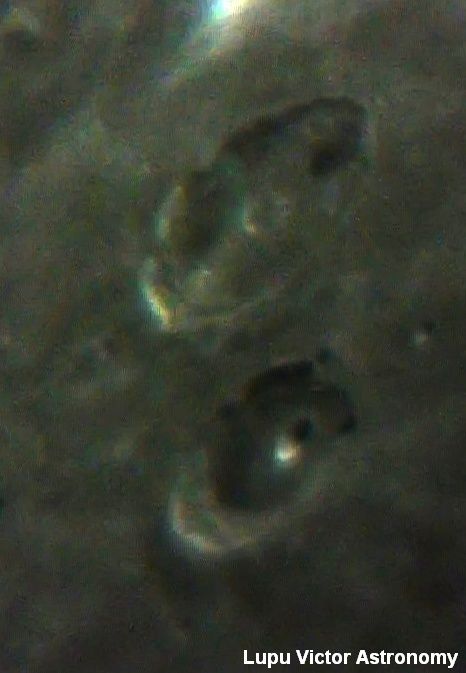
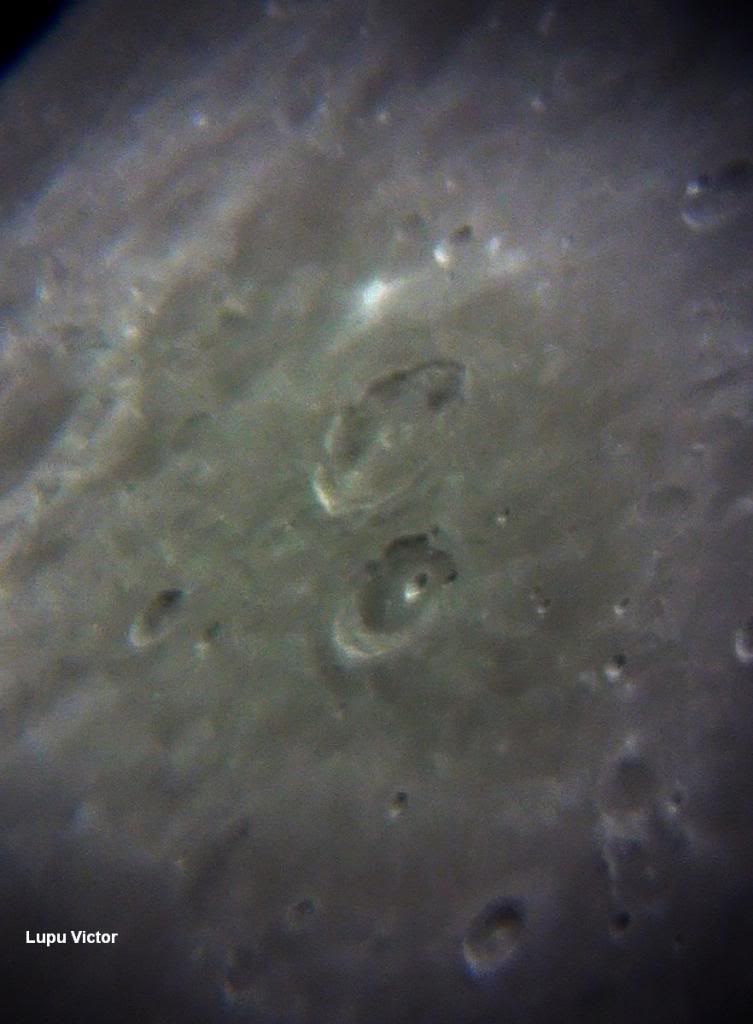
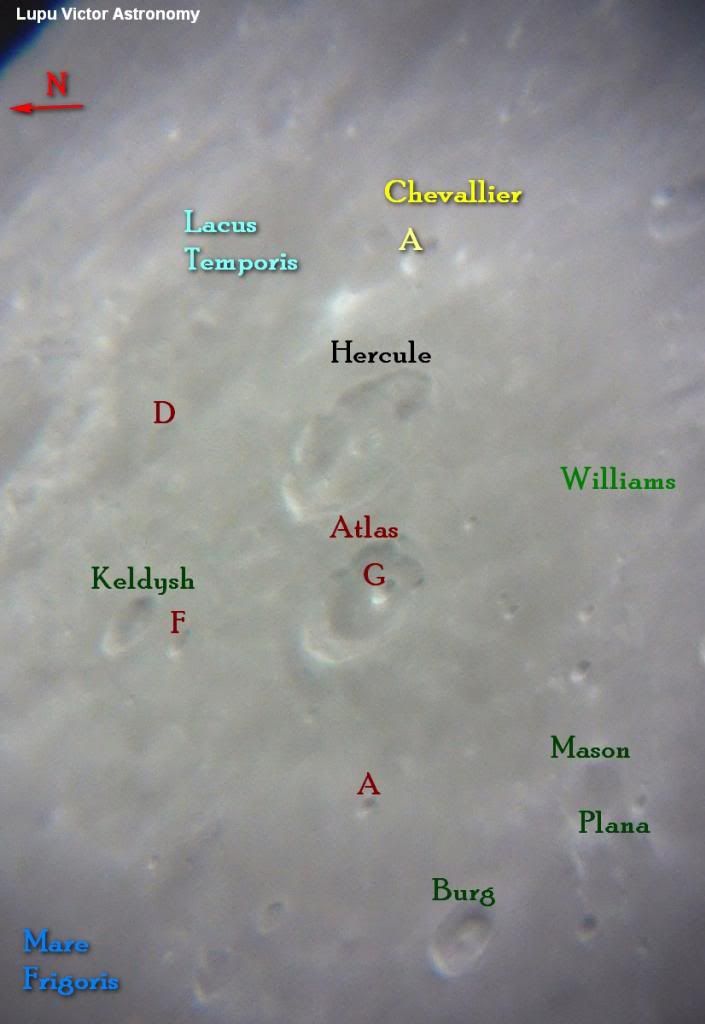

 Posted in:
Posted in: 


0 comments:
Post a Comment